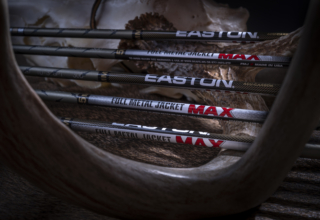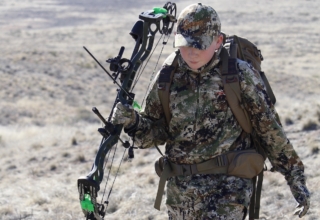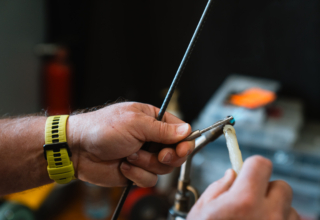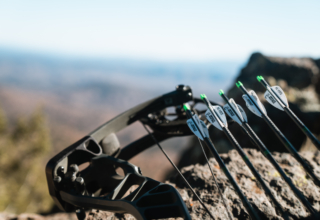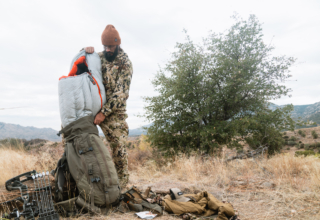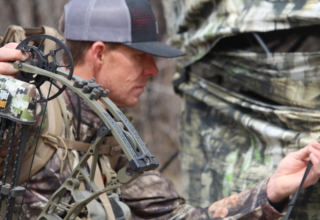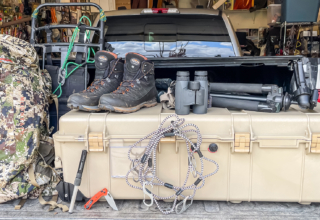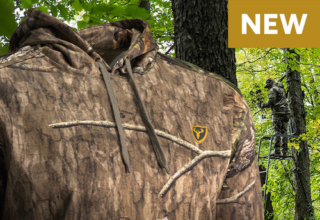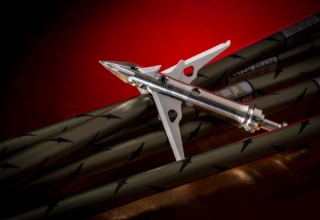What is “cool” or “works” for one bowhunter may not work for the next. Take in as much information as possible, but in the end, use common sense and do what works best for you.
by Josh Kirchner
We are pretty lucky in the day and age we live in as bowhunters. Never before have we had such little separating us from the highest-quality gear, top-notch hunting content, and loads upon loads of useful information to help us become better hunters.

With this heavy flow of hunting content, inevitably, specific trends develop based on the real-world experience of others, whether they be related to gear or style of hunting. These folks are passionate about what has shown them success and want to shout those things from a mountaintop. It’s beautiful. The problem is sometimes all of that shouting can muddle the lines between what is currently cool and what is just plain practical.
Before diving into all of this, I want to say that nothing below is the wrong way of doing things. It might be the right way for you, which is the overall point of this article. Everything below is based on my personal real-world experience and the experience of those around me. Ultimately, we need to do what is best for us, not what is getting the most views on the internet.
Heavy Arrows or Nothing
More grains per inch! The heavy arrow trend is alive and well to the point that some would say shooting an arrow with less than 650 grains is unethical. This is just not true in the least.

I won’t dive too far into the pros and cons of heavy arrows. What I will say is this: If you are a western hunter shooting farther than 30 yards at critters, from a practical standpoint, a heavier arrow will work against consistent accuracy. They are more touchy because their trajectory is steeper due to the natural loss in arrow speed. It creates pin gaps you could build a house in between as well. And in a situation where you might be shaking like a leaf or have to judge yardage, this is a recipe for heartbreak. I’ve seen it and experienced it for myself.
A more moderately weighted arrow between 430 and 470 grains is fine for anything in North America. You’ll get decent speed and have more than enough punch downrange.
Check out the Victory VAP TKO for a great moderately weighted arrow.
Mechanical Broadheads are Bad
“Anything mechanical can fail” is what you’ll often hear in the bowhunting world. This is true, but we still all drive, don’t we? Our vehicles are a way more efficient way of getting from point A to point B than a horse. The same is true of mechanical broadheads. In the beginning, things may have been shaky in design, but these days, mechanical broadhead builds border on perfection, and we shouldn’t be shying away from them simply because they are mechanical.
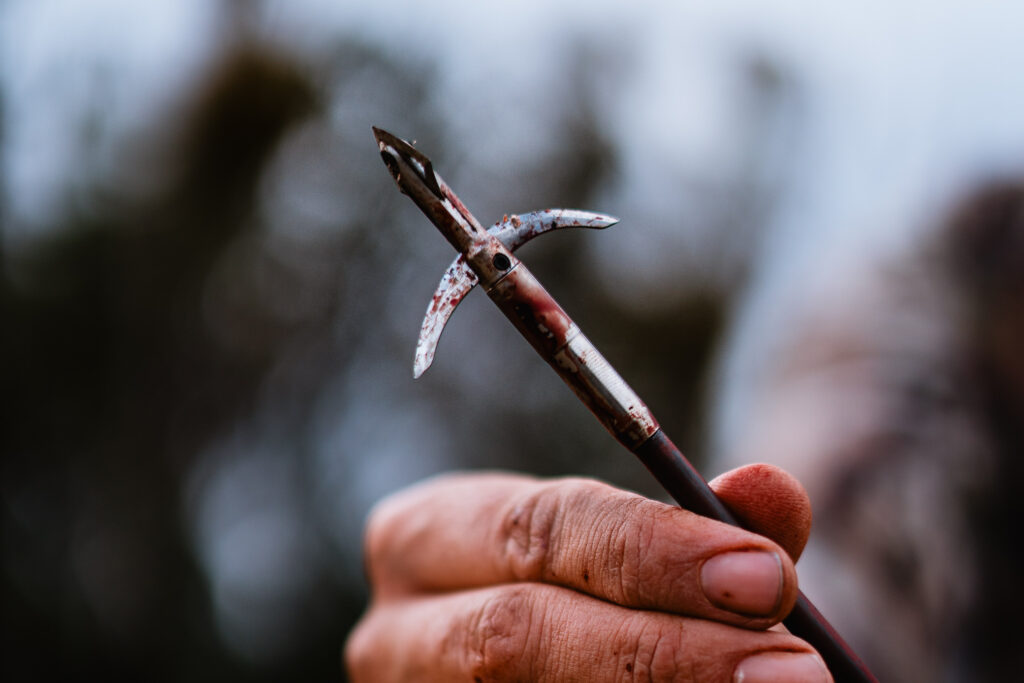
I don’t think I’ve heard about one pro shooter who hunts with a fixed-blade broadhead unless they have to. By design, mechanicals are simply more accurate and consistent in flight. There’s that word again — accuracy. These pros know a thing or two about such things.
Not only do they fly exceptionally well and require FAR LESS tuning headaches, but they create substantial wound channels, which means a more extensive blood trail and faster recovery.
Check out the Evolution Outdoors Hyde Broadhead for a devastatingly accurate head.
Tuning Something to Death
Tuning rabbit holes. Yikes. There are many online, and it is easy to go down. Intricate processes with more steps than most have time for. But, they can sometimes be presented as “need to do” steps. Tuning doesn’t have to be complicated at all. Again, there is more than one way to skin the cat here, but the end goal is all the same. Consistent arrow flight resulting in broadheads and field points hitting the exact impact point. You don’t need a laundry list of arduous steps to get there.
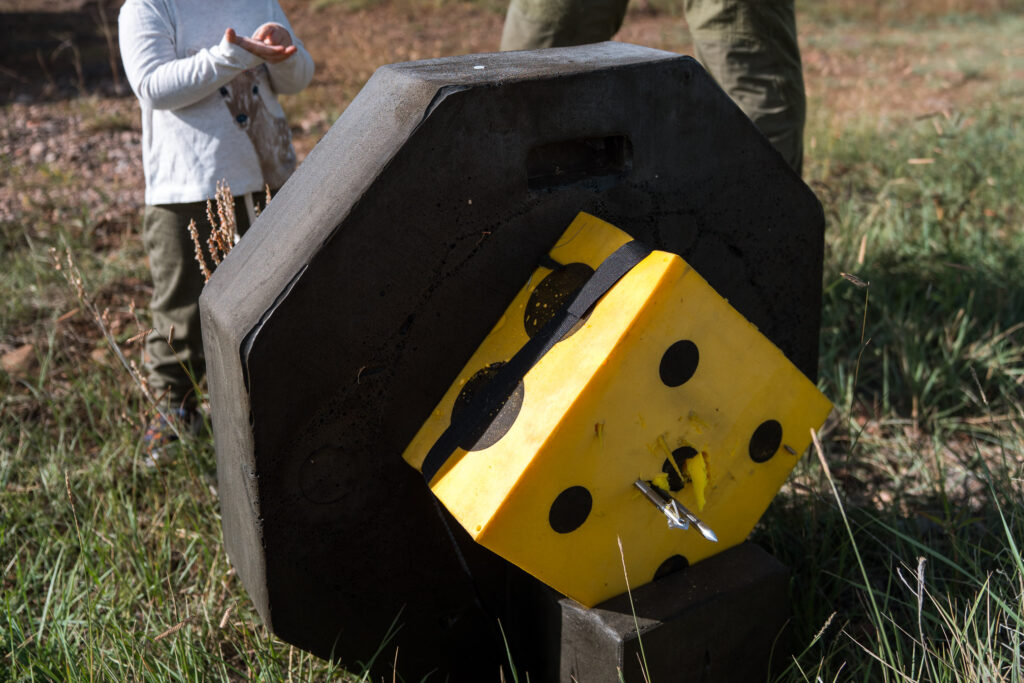
I am speaking from the place of a bowhunter here because I am familiar with that. In the past, I’ve gone through a labyrinth of tuning steps that robbed quite a bit of time from my family, if I’m completely honest. It’s what I thought I needed to do, based on what was on the internet, and I know I’m not the only one who has fallen victim to it. Nowadays, I achieve better results with minimal tuning.
Assuming everything is in order on a bow setup(cam timing, draw weight, draw length, proper arrow spine, etc.), I paper-tune at 3 yards with a fletched field point and then again at 6 yards until I achieve a bullet hole. That’s it. After doing that, my broadheads will fly with my field points out to 80-plus yards, no problem. Of course, form and shooting fundamentals come into play here as well. I suggest you get a coach if those are not in line.
Check out the Paper Tuner for an at-home paper tuning setup.
Closing Thoughts

There are more folks, but I’ll let you return to your day. What I’ve covered above goes against the grain of what is currently popular, but I see these things ruin the day of many. Influence is a powerful tool, and the folks who put information out online mean the absolute best. They are successful and show you how they’ve done that. I’m just here to tell you to have a filter and not be afraid to walk your path. Use common sense to judge the most practical approach for you. I have had “what is cool” cost me animals. There isn’t necessarily a hard-lined right way of doing things, just the right way for us as individuals.



